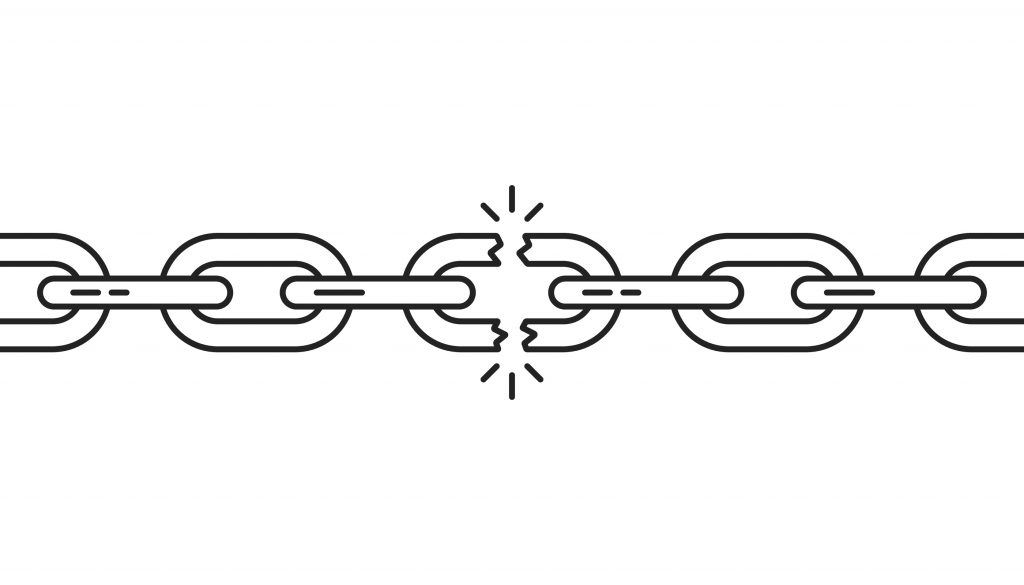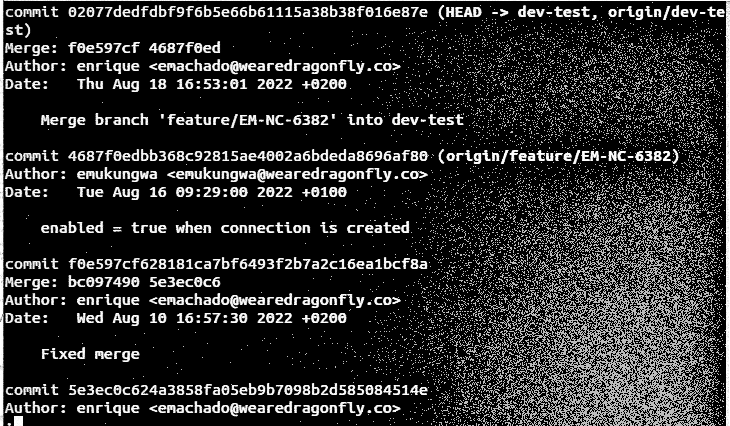If the last two years have accelerated the shift towards remote work, then it is no surprise that after having moved so swiftly, our remote-ward leap has come with its own share of teething problems. Chief amongst them is how to get the best out of teams that have gone fully remote and have remained that way for extended periods of time. Gone are the in-person meetings, coffee break catch-ups and extended lunch time moans about management that used to keep the workplace machine ticking, and a quality engineering manager cannot refuse to change.
The shift to remote working
Over the last two years there have been hundreds of articles written around the phenomenon of remote working; with swings between celebrating the freedom it offers workers to outright horror at the loss of the creative x-factor found only, apparently, in the area surrounding the office water cooler. Amidst the partisan debate we have also experienced the rise of the hybrid model; with people coming into the office for 2/3 days and then again escaping to the freedom of their homes for the remainder of the week, a concept which the majority of firms are embracing in some form. However for those of us who work on international remote teams we are forced to struggle on as we are; taking zoom calls from whatever corner of the house we can find some small measure of quiet, desperately ignoring our ballooning electricity bills.
Leadership in the new normal
In spite of all of this, as leaders, supervisors or managers, we have a responsibility to our teams to give them the best leadership we can. To recognise when things are going well and react when disaster looms. Based on my experience from the 18 months I have gathered what I believe to be the most salient points in this article.
The first is that we need to be more comfortable with asynchronicity; of reducing the number of hours we spend in mass zoom calls and breaking things out so people can see them when they are free to. If the whole team does not live in the same time zone then a 9am stand-up is meaningless when half the people on it are dialling in during their lunch hour. Childcare can also come with its own set of inflexible time commitments, which can cause unnecessary stress if individuals feel their professional careers are being impacted.
Remote working is more than just Zoom or Teams
We should acknowledge that in many cases, and particularly for regular scheduled meetings, many of the invitees will either not participate or have no reason to. Why not have the discussion in the comments section of a ticket, or on a channel dedicated to the topic. Embrace documentation, charts, video walkthroughs and if you can think of a fourth option then embrace that too. People consume information in different ways and often have the most success when they are given agency to choose for themselves. As with all things though, moderation, age old aphorisms involving babies and bathwater apply here so be wary. While Zoom lectures might be one of the worst ways conceived to process information, there should still be space for verbal discussion, a chance to see and hear other people address an issue.
Feedback is essential
The opportunity to take on board team members’ opinions is also critical to remote working. Unlike in the office where comments can be quietly made or people’s reactions can be observed, the challenge of remote working is that frustrations can go unnoticed within the wider organisation. If people feel that they lack a forum to address their issues or, even worse, that their voices are not being heard, then the team dynamic will begin to unravel. This tends to manifest not as an immediate collapse, but more as a slow regression in work efficiency and a departure of veteran staff.
While by no means terminal, this kind of failure can be easily avoided by offering individuals the chance to lay their case before management. At times this can be included within a sprint’s rituals but must also be present outside of the Agile framework; in case there are macro issues that cannot be addressed by a single team, or within a single sprint.
How neuro can help
As important as it is to have communications flowing up the management chain it is equally important from a manager or team lead perspective to have a top-down understanding of what is going on within each area of responsibility. This should not be limited to a simple recitation of the epics / stories that are being worked on but should encompass the effectiveness of working practices; whether certain people are carrying too much or too little of the workload or if knowledge is puddling around certain members instead of being spread across the group.
While it is possible to trawl through issue tracking software such as Jira or Asana for this, a modern quality engineering manager would prefer to use a tool like neuro, which allows them to collect and blend the data points needed and construct an engineering manager dashboard that give an instant snapshot of team progress, with the possibility to break it down further to the individual level. From here it is up to the respective leader to identify, assess and then act to improve the functioning of their team, encouraging and praising those who have done well, lifting the burden on those who are doing too much and coaching those who need it.
Also Read: Uses of JIRA Project Management & Reporting Tool
Active quality engineering manager
Team management in-person is not a passive occupation, but with remote working it is even less so. A quality engineering manager must be proactive in hunting out issues within the team, whether they be workflow, team or delivery-related. From a personnel perspective there should be regular sense checks of how people are doing; spaced far enough apart that they themselves are not a source of frustration but in as diverse a set of mediums as possible; group discussions, 1-1s, written feedback and message boards (anonymous or otherwise). For those perfectionists reading this with a growing sense of dread the sad answer is that this process is never complete. There is no final victory to be had here, but instead a constant cycle of trial, adjustment and improved outcomes. People will cycle through the organisation, the time zones they work in will change and project goals will shift along with the technologies in use. You will have to adapt your approach to the one meshes best with the team you have currently, and the tasks assigned. This is often thankless and rarely simple but the payoffs for your remote team can be mighty indeed.



